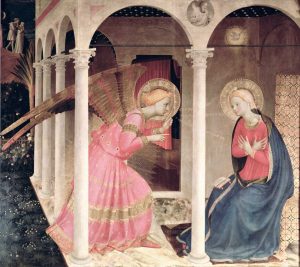“One Thousand and One Nights” is a collection of Middle Eastern folk tales compiled in Arabic between the 9th and 10th century. The frame story, however, is most probably drawn from the Middle Persian work “Hezar Afsan” (“A Thousand Tales”), written between the 7th and 8th century, a translation from Old Persian relied partly on Sanskrit elements.
The book was subsequently translated from Arabic into Farsi by the Persian writer and translator Abd al-Latif Tasuji in 1843.
Lithographs shown in this exhibition are from the 1889 edition, illustrated by the draftsman Mirza Nasrullah and published in Tehran.















